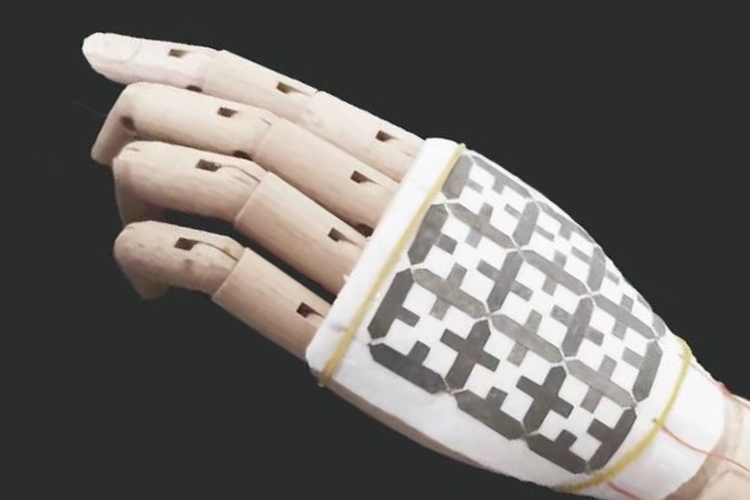
Researchers have created a Self-Powered Bionic Droplet Electronic Skin (DES) that enhances how robots interact with liquids. This new technology mimics human skin, offering better perception and control.
Traditional electronic skins struggle to detect liquid movement accurately, making it challenging in environments like military operations, rescue missions, and industries. The new DES uses advanced electrode networks to convert droplet movements into electrical signals without external power.

It is constructed with flexible materials, including PTFE non-woven fabric substrates and an upper fluorinated ethylene propylene (FEP) layer. This design ensures adaptability to curved surfaces and maintains functionality even in wet conditions, thanks to its hydrophobic properties.
Key Features and Uses
Enhanced Detection: The DES can detect liquid movements and provide real-time feedback, useful for military and rescue robots.
Smart Control: It can warn about flow direction and control water leaks, ideal for smart workshops, restaurants, and labs.
Improved Sensing: The advanced design reduces signal interference, aiding in environmental monitoring and scientific research.
The self-powered bionic droplet electronic skin represents a major advancement in robotic perception and interaction with liquid environments. Its innovative design and versatile applications have the potential to transform various fields, from military and rescue operations to industrial and environmental monitoring.

